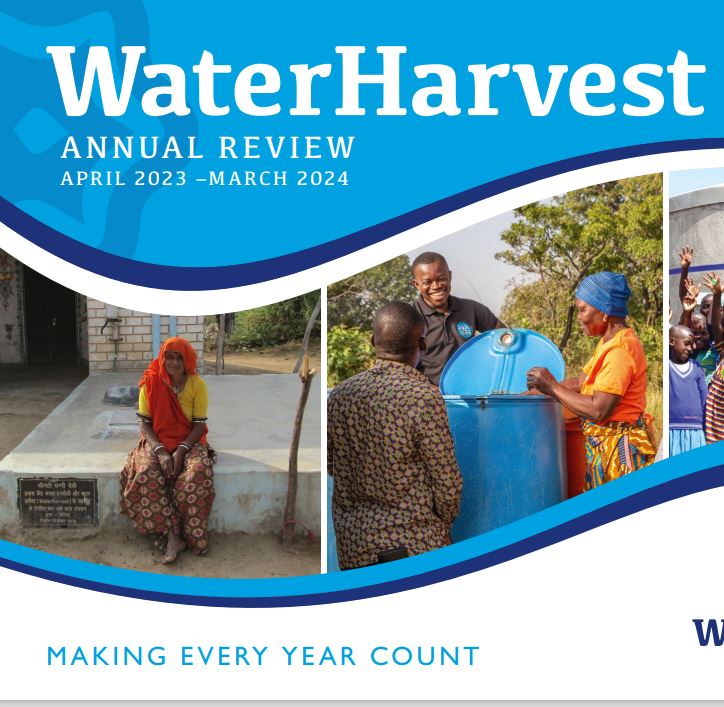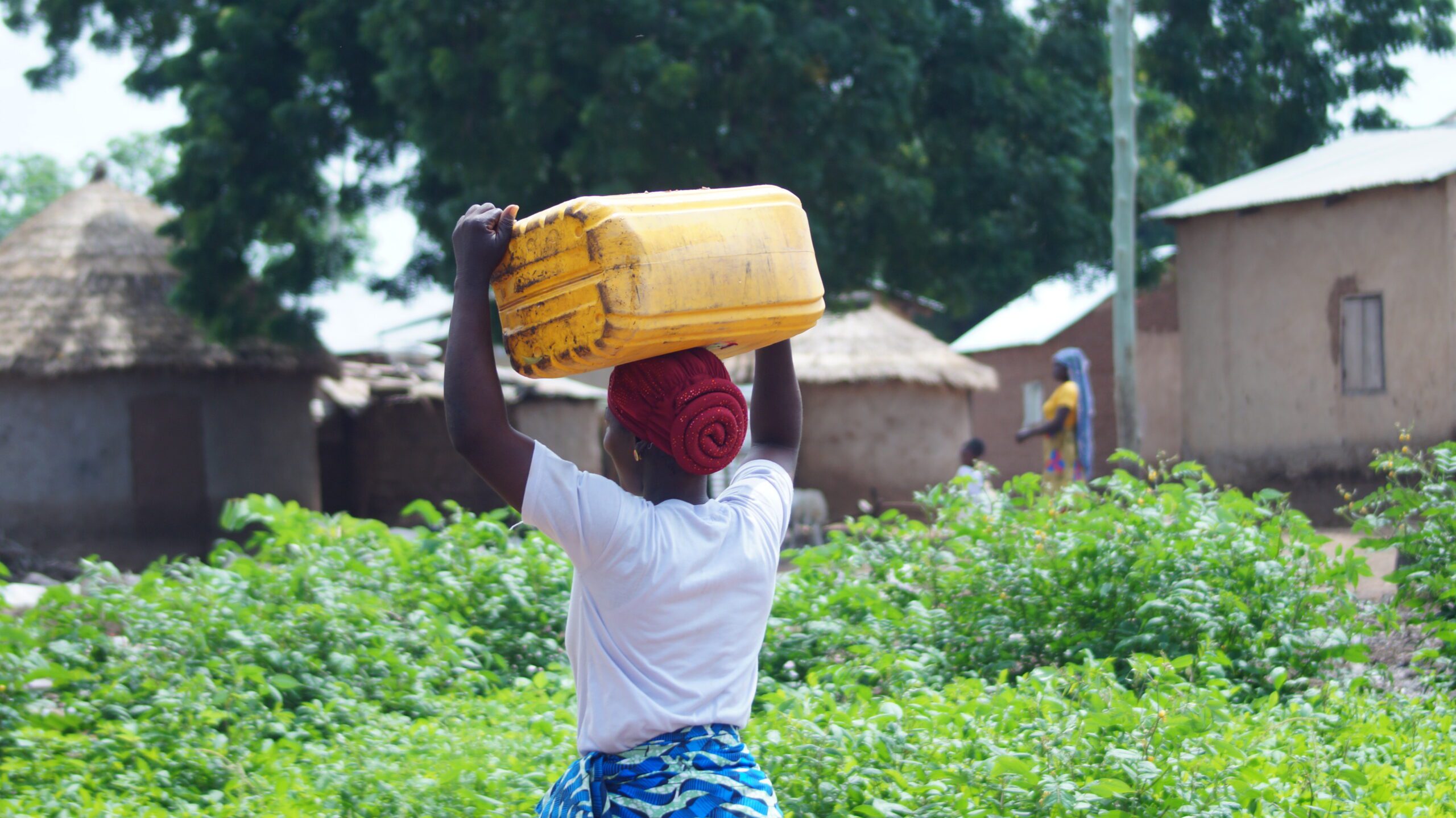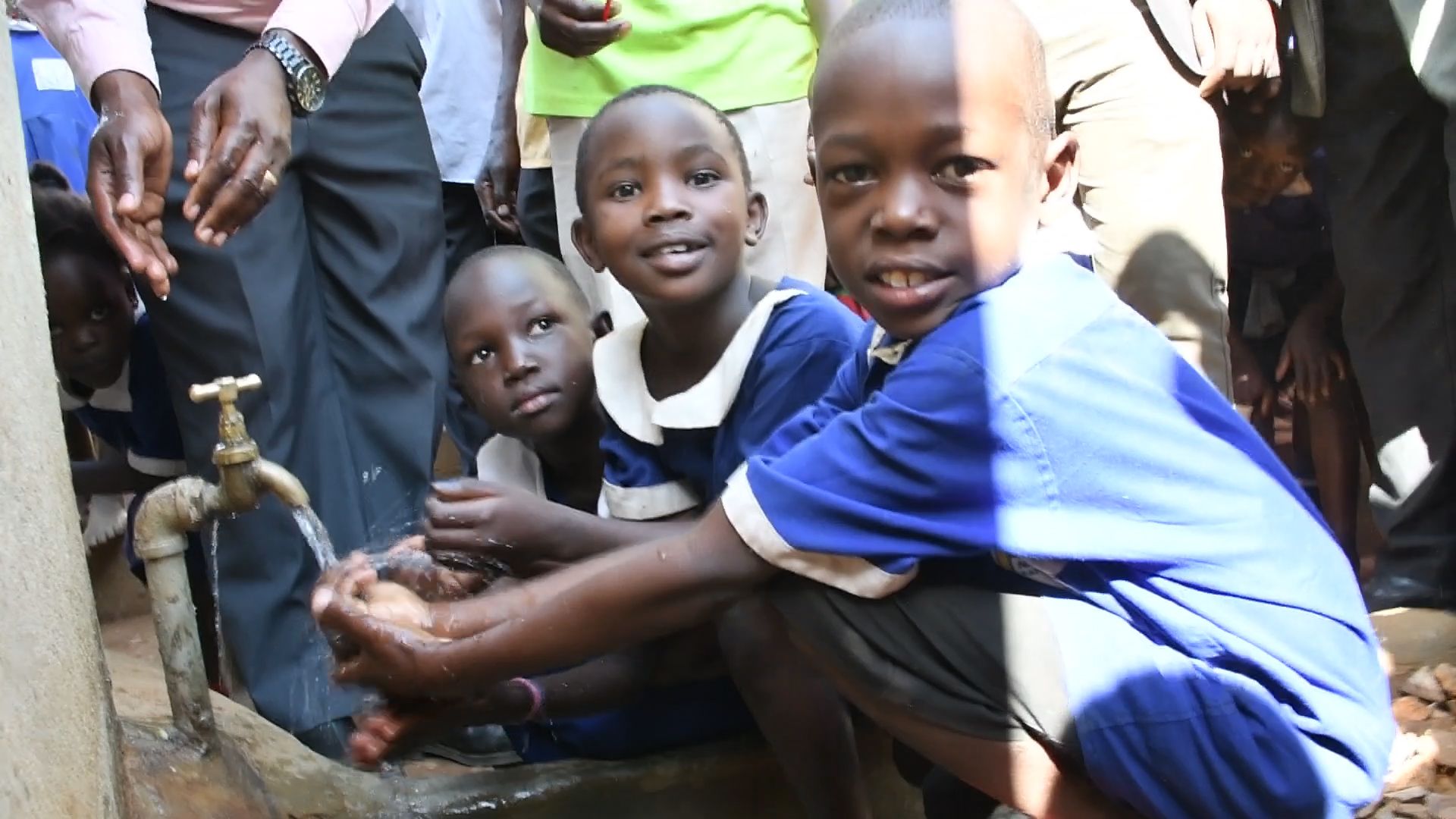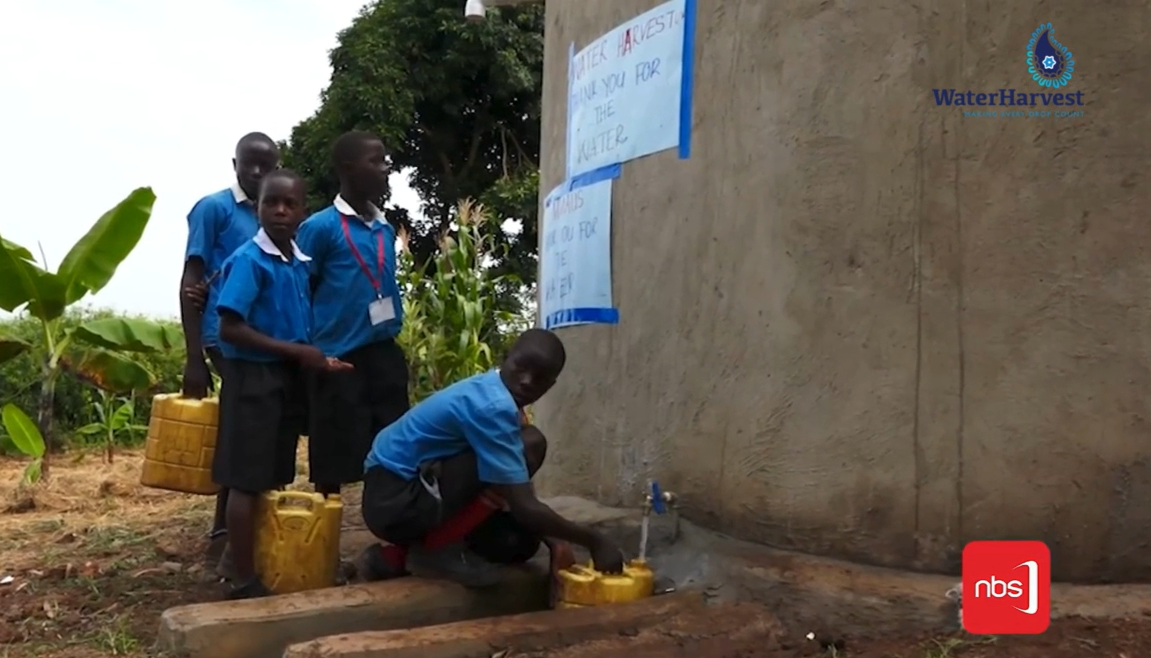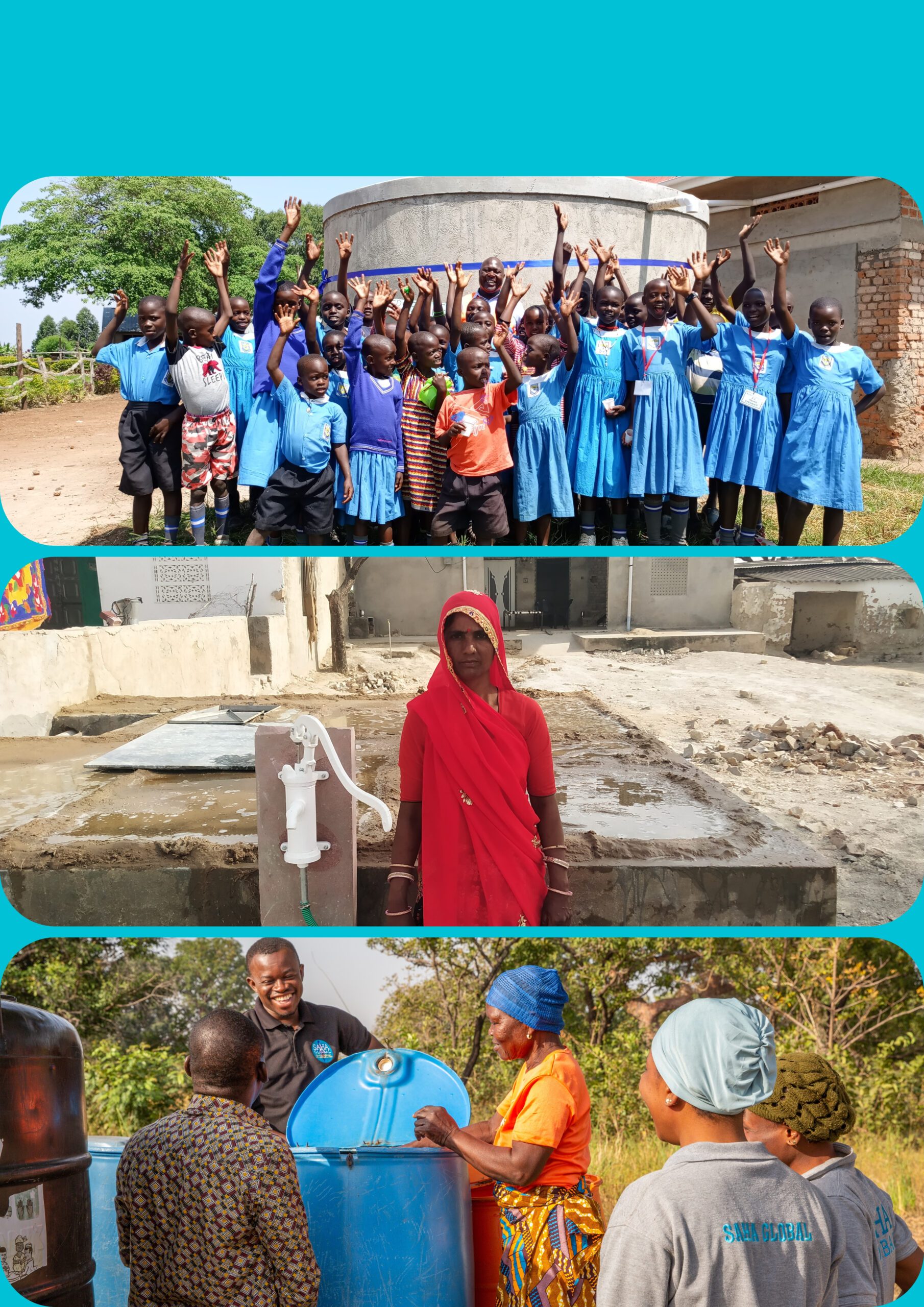Handpumps – small but significant
Somendra Sharma, WaterHarvest’s India Office Programme Manager, explains why handpumps are so important
In regions facing a water deficit, Roof Rain Water Harvesting Structures (RRWHS) are a vital way of providing cleaner drinking water to families in our project villages. However, the safety of this water must be ensured – improving the quality of the water is as important as increasing the quantity. Handpumps, therefore, play a vital role in making the water from a RRWHS safer, and this blog explains how the two solutions can work in tandem.
The benefit of handpumps
Handpumps are used to take the water out from a RRWHS. A handpump is fixed on top of the RRWHS through the support of a small stand; a pipe is then connected to the handpump which goes inside the tank through a hole. Without a handpump, a bucket or metal pot is usually used to collect the water, but this can lead to contamination due to dirt in the bucket or it being left outside in the sunshine, and lack of regular hand washing before collecting the water. Using a handpump with the RRWHS can help prevent this contamination, whilst locking the handpump reduces the waste of water. Hence, there is a single solution to this multitude of problems.
 Improved dignity for women and vulnerable people
Improved dignity for women and vulnerable people
Women who are responsible for procuring drinking water believe that handpumps are very useful, as they make it far easier to get water from the tank, reducing the difficulty of using a bucket and lifting its weight. Prem Devi, from the Bhojpur village of the Jaipur district, shared her experience with handpumps, saying that they have proven a valuable asset for her to save energy in her old age, as well as making it easy for people with physical disabilities to lift water from the tank. Prem Devi accepted that hand washing before each round of collecting water was not always practiced, but now she has a handpump she believes that she is collecting more uncontaminated water.
Retrospectively fitting handpumps
A good quality handpump costs INR 2,500 and requires a skilled person to assemble. Fortunately, our partner PKS, operating in the Sambhar Salt Lake Region, is keen to install handpumps on 81 RRWHS’s and has already worked on 11 sites. PKS purchased the handpumps, which are being assembled and painted with red oxide (to increase their lifespan) and will be fitted to the RRWHS’s with the support of a stand. Bhuri Devi, who is resident of the Charasada village, says that after being helped to build a RRWHS the drudgery of collecting water for her and her daughter-in-law stopped. Now, a new handpump has made getting water from the tank far easier – thanks to PKS and WaterHarvest.

Sanitation awareness
We are also working with PKS to raise awareness of water security, water safety and sanitation through school children. As part of this project, eight events were organised in Charasada and nearby schools, which were very effective in spreading awareness through board games – like Snakes and Ladders – and word quizzes. Many of the school children later discussed the issues with their families. If these lessons of sustainability are taught at a young age, they are likely to be carried into adulthood, thus helping ensure safer and cleaner water for future generations.

Continual improvement / What next?
WaterHarvest continues to look for ways in which we can improve the design of our projects. We work with academics in the UK and India, attend conferences, collaborate with other NGO’s and, most of all, we listen to the beneficiaries to understand their issues and get ideas for solutions. Handpumps are the result of our understanding gained from these beneficiaries and our long-term experience in the region. Going forward, we hope to ensure all of our water tank projects will have handpumps, to ensure safer water is sustained in the future.
This week’s blog was written by Somendra Sharma on 10th May 2019.

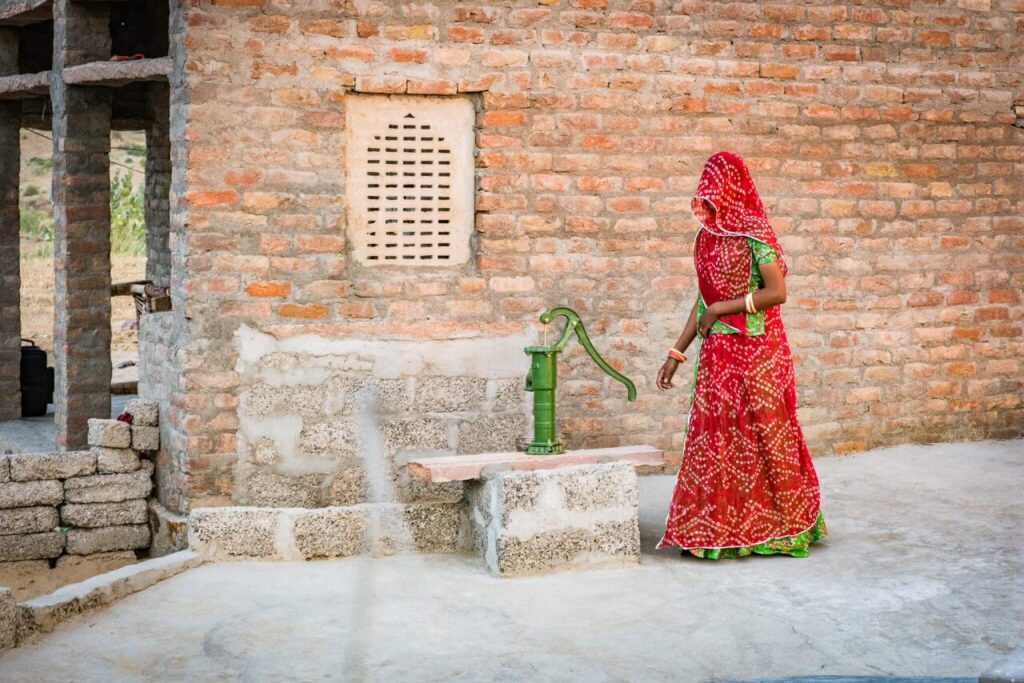

 Improved dignity for women and vulnerable people
Improved dignity for women and vulnerable people